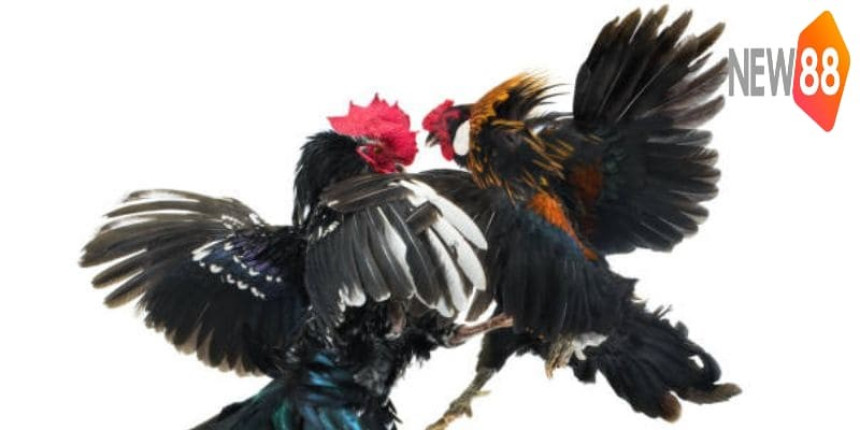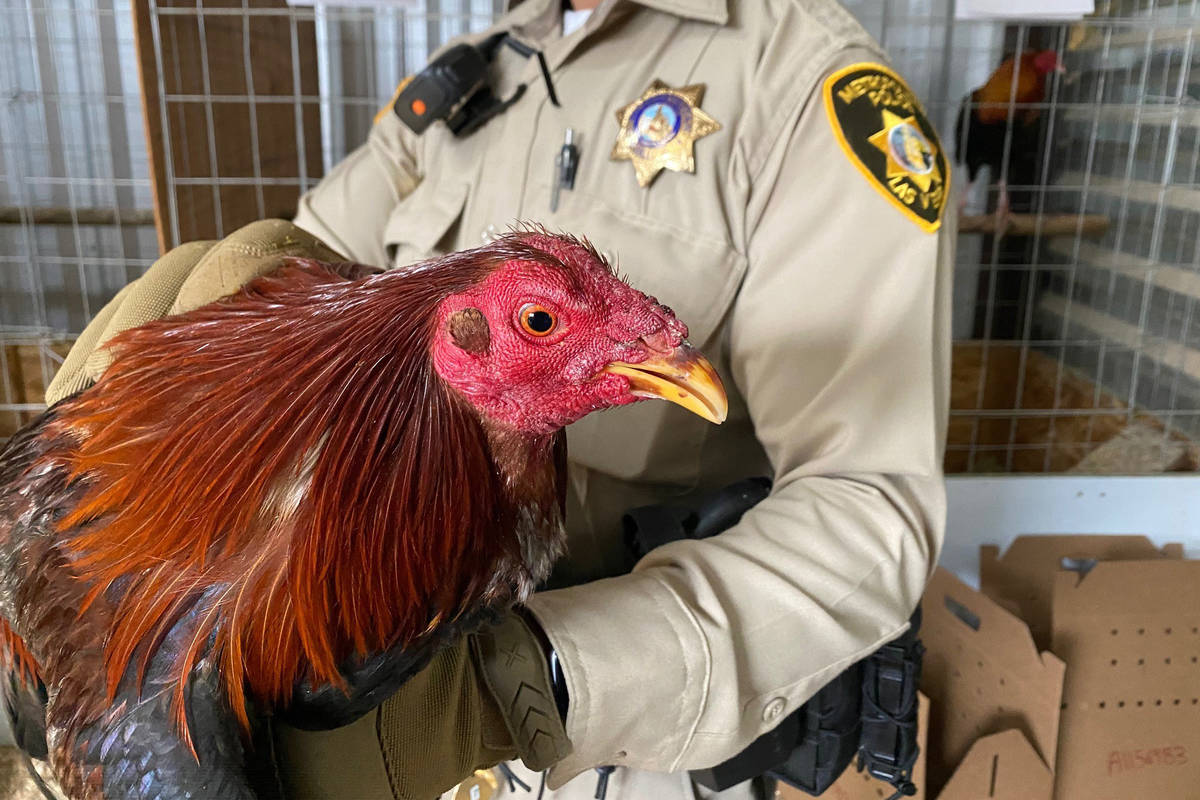Cockfighting has been a topic of intense interest and debate for centuries, captivating people with its rich history, cultural significance, and the sheer thrill of the sport. One of the most popular and controversial forms of cockfighting is the Iron Spur Cockfighting, which has gained a loyal following across the globe. In this in-depth blog post, we will explore the multifaceted world of Iron Spur Cockfighting, delving into its history, mechanics, risks, legal landscape, and the ethical considerations surrounding this contentious practice.
Iron Spur Cockfighting: History, Tradition, and Controversy

The Origins of Iron Spur Cockfighting
The origins of Iron Spur Cockfighting can be traced back to ancient civilizations, where the sport was deeply embedded in the cultural fabric of various societies. From the ancient Greeks and Romans to the indigenous communities of South and Southeast Asia, cockfighting has been a cherished pastime for millennia. The use of iron spurs, or “gaffs,” dates back to the 16th century, when they were introduced to enhance the ferocity and lethality of the fights.
The Spread of Iron Spur Cockfighting
As colonization and global trade expanded, the practice of Iron Spur Cockfighting spread to various parts of the world, including the Americas, the Caribbean, and Europe. Each region developed its own unique traditions and variations, further enriching the cultural tapestry of this controversial sport.
The Ongoing Debate: Tradition vs. Cruelty
The practice of Iron Spur Cockfighting has been at the center of a long-standing debate, with proponents arguing for its preservation as a cultural tradition and opponents condemning it as a cruel and inhumane practice. This debate has intensified in recent decades, as animal welfare organizations and government agencies have taken steps to ban or regulate the sport in many parts of the world.
See more: 77 win
The Mechanics of Iron Spur Cockfighting: Techniques and Strategies

Breeding and Selecting Roosters
The success of Iron Spur Cockfighting is heavily dependent on the selection and breeding of the roosters. Dedicated breeders spend years perfecting their bloodlines, carefully selecting for traits such as aggression, strength, and endurance.
| Rooster Breeds | Characteristics |
|---|---|
| Malay | Known for their agility and fierce fighting spirit |
| Aseel | Renowned for their strength and stamina |
| Shamo | Prized for their size and powerful builds |
Training and Conditioning Roosters
Preparing the roosters for the fight is a meticulous process that involves intense training and conditioning. Trainers employ a range of techniques, including physical conditioning, psychological preparation, and the use of specialized equipment.
- Exercises and Conditioning Routines
- Psychological Preparation Techniques
- Specialized Equipment (Treadmills, Sparring Cages, etc.)
The Fight: Rules, Strategies, and Tactics
The actual fight is a highly choreographed and regulated event, with specific rules and strategies employed by the handlers and breeders. The use of the iron spurs, the tactics employed by the roosters, and the role of the handlers all contribute to the intensity and unpredictability of the fight.
- Placement and Use of Iron Spurs
- Roosters’ Fighting Strategies (Evasion, Aggression, Endurance)
- The Role of Handlers and Trainers
The Risks and Dangers of Iron Spur Cockfighting: Animal Welfare and Human Safety

Animal Welfare Concerns
The inherent cruelty of Iron Spur Cockfighting has been a major point of contention, with animal welfare organizations and activists demanding an end to the practice. The severe injuries and high mortality rates of the roosters have been a significant source of concern.
- Physical Injuries and Suffering of Roosters
- Psychological Distress and Trauma
- Ethical Considerations and the Debate on Animal Rights
Human Safety Risks
In addition to the animal welfare concerns, Iron Spur Cockfighting also poses significant risks to human participants and spectators. The violent nature of the fights, combined with the use of sharp weapons, can result in serious injuries and even fatalities.
- Injuries to Handlers and Spectators
- Risks of Disease Transmission
- Legal Implications and Enforcement Challenges
The Legal Landscape of Iron Spur Cockfighting: International Regulations and Bans
Global Trends in Cockfighting Legislation
The legal status of Iron Spur Cockfighting varies widely across the globe, with some regions embracing the sport as a cultural tradition and others taking a more prohibitive stance. Understanding the complex legal landscape is crucial in navigating the challenges and controversies surrounding this practice.
- Countries and Regions with Legalized Cockfighting
- Countries and Regions with Bans or Strict Regulations
- Enforcement Challenges and Loopholes
Efforts to Ban and Regulate Iron Spur Cockfighting
In recent decades, there has been a growing movement to ban or heavily regulate Iron Spur Cockfighting, driven by concerns over animal welfare and public safety. This has led to a range of legislative and enforcement measures being implemented in various parts of the world.
- Legislative Bans and Restrictions
- Enforcement Strategies and Challenges
- International Cooperation and Coordination
The Cultural Significance of Iron Spur Cockfighting: A Social and Economic Perspective
Cockfighting as a Cultural Tradition
For many communities, Iron Spur Cockfighting is deeply rooted in their cultural heritage, serving as a source of entertainment, social bonding, and economic opportunity. Proponents of the sport argue that it is an integral part of their cultural identity and should be preserved.
- Historical and Traditional Significance
- Cultural Festivals and Celebrations
- Socioeconomic Implications and Livelihoods
The Economic Impact of Cockfighting
The economic aspects of Iron Spur Cockfighting cannot be overlooked, as it generates significant revenue for various stakeholders, including breeders, handlers, and venue operators. However, this economic activity must be weighed against the ethical and legal considerations.
- Revenue Generation and Employment
- Gambling and Betting Activities
- Challenges of Regulating the Economic Aspects
Ethical Considerations of Iron Spur Cockfighting: Morality and Animal Rights
The Ethical Debate Surrounding Cockfighting
The ethics of Iron Spur Cockfighting have been a topic of intense debate, with advocates and opponents presenting compelling arguments from various moral and philosophical perspectives. This debate has been a driving force behind the legislative and enforcement efforts aimed at addressing the practice.
- Animal Welfare and the Moral Obligation to Protect
- Weighing Cultural Traditions Against Ethical Concerns
- Moral Relativism and the Role of Individual Beliefs
The Animal Rights Perspective
The animal rights movement has been at the forefront of the fight against Iron Spur Cockfighting, asserting that the sport is a clear violation of the fundamental rights and wellbeing of the roosters. This perspective challenges the very premise of the sport and calls for its complete abolition.
- The Inherent Value and Rights of Animals
- Animal Cruelty and the Ethical Duty to Prevent Suffering
- Philosophical Arguments for Animal Welfare
Alternatives to Iron Spur Cockfighting: Exploring More Humane Forms of Entertainment
Shifting the Paradigm: From Cockfighting to Ethical Alternatives
As the debate surrounding Iron Spur Cockfighting continues, there have been growing calls for the development and promotion of more humane forms of entertainment and recreation. These alternatives aim to provide similar thrills and experiences while prioritizing animal welfare and ethical considerations.
- Simulation-based Cockfighting Competitions
- Rooster Racing and Other Non-contact Sports
- Educational and Cultural Events Celebrating Roosters
The Role of Technology and Innovation
Technological advancements have the potential to play a significant role in the development of ethical alternatives to Iron Spur Cockfighting. By leveraging emerging technologies, new forms of entertainment can be created that capture the essence of the sport while addressing the concerns of animal welfare and human safety.
- Virtual and Augmented Reality Cockfighting Experiences
- Robotic or Automated Cockfighting Simulations
- Technological Solutions for Regulating and Monitoring Cockfighting
The Future of Iron Spur Cockfighting: Examining Potential Trends and Impacts
Evolving Attitudes and Shifting Societal Norms
The debate surrounding Iron Spur Cockfighting is set against the backdrop of an evolving societal landscape, where attitudes towards animal welfare and the ethical treatment of living beings are undergoing a profound transformation. This shift in public consciousness will likely play a significant role in shaping the future of the sport.
- The Influence of Changing Moral and Ethical Frameworks
- The Impact of Technological Advancements and Media Exposure
- Generational Shifts in Attitudes Towards Cockfighting
Potential Scenarios for the Future of Iron Spur Cockfighting
As the debate continues, there are several possible scenarios that may unfold regarding the future of Iron Spur Cockfighting. These scenarios range from the complete abolition of the sport to its gradual transformation and adaptation to meet the demands of a changing world.
- Continued Legislative Bans and Enforcement Efforts
- Increased Regulation and Oversight of the Sport
- The Emergence of Ethical Alternatives and Hybrid Models
Understanding the Appeal of Iron Spur Cockfighting: A Psychological Analysis
The Thrill and Adrenaline of the Fight
At the heart of the allure of Iron Spur Cockfighting lies the sheer thrill and adrenaline rush experienced by participants and spectators. The intense, high-stakes nature of the fights taps into deep-seated human desires for excitement, competition, and the unpredictable.
- The Psychology of Spectatorship and Participation
- The Role of Risk-taking and Sensation-seeking
- The Neurological Basis of the Adrenaline Rush
The Cultural and Social Factors
Beyond the individual psychological appeal, Iron Spur Cockfighting is also deeply rooted in cultural traditions, social dynamics, and economic factors. Understanding these broader societal influences is crucial in comprehending the enduring popularity of the sport.
- The Significance of Cultural Identity and Tradition
- The Social Bonding and Community Aspects
- The Economic Incentives and Opportunities
Addressing the Underlying Motivations
As the debate surrounding Iron Spur Cockfighting continues, it is essential to address the underlying psychological and societal factors that contribute to its appeal. By understanding these motivations, stakeholders can work towards developing more ethical alternatives that cater to the same human desires.
- Exploring Alternative Outlets for Thrill-seeking and Competition
- Promoting Cultural Celebrations and Traditions without Cruelty
- Addressing Economic Incentives and Providing Alternative Livelihoods
Conclusion
Iron Spur Cockfighting is a complex and multifaceted practice that has captivated people for centuries, but it is also a subject of intense ethical and legal debate. This in-depth exploration has delved into the history, mechanics, risks, and cultural significance of this controversial sport, while also examining the ethical considerations, legal landscape, and potential for more humane alternatives.
As the world continues to evolve and societal attitudes towards animal welfare and ethical entertainment shift, the future of Iron Spur Cockfighting remains uncertain. However, the debate surrounding this practice serves as a powerful reminder of the need to balance cultural traditions, economic realities, and fundamental ethical principles. By fostering open and constructive dialogue, and exploring innovative solutions, we can work towards a future where the desire for excitement and community can be satisfied without compromising the welfare and dignity of the animals involved.